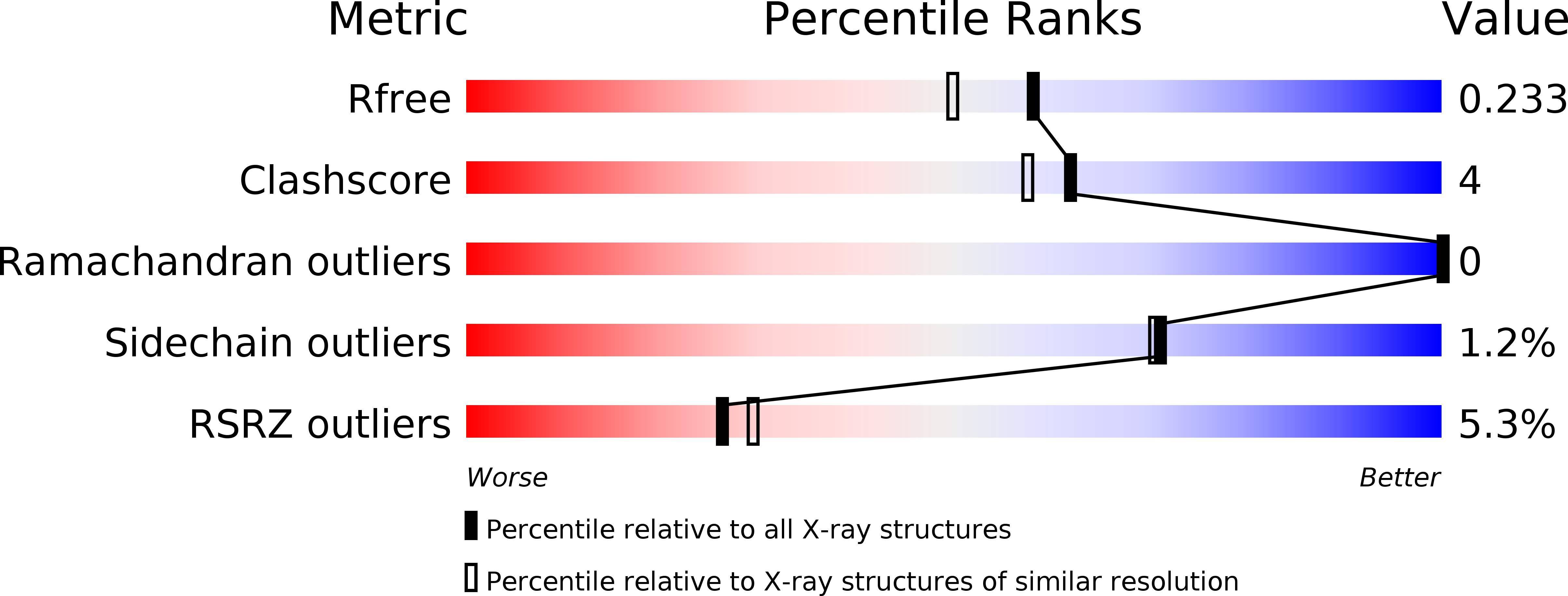
Deposition Date
2008-04-03
Release Date
2008-08-05
Last Version Date
2024-11-13
Method Details:
Experimental Method:
Resolution:
1.90 Å
R-Value Free:
0.23
R-Value Work:
0.19
R-Value Observed:
0.19
Space Group:
P 21 21 2


